A Grim Ripper's Guide to Improving with Carv
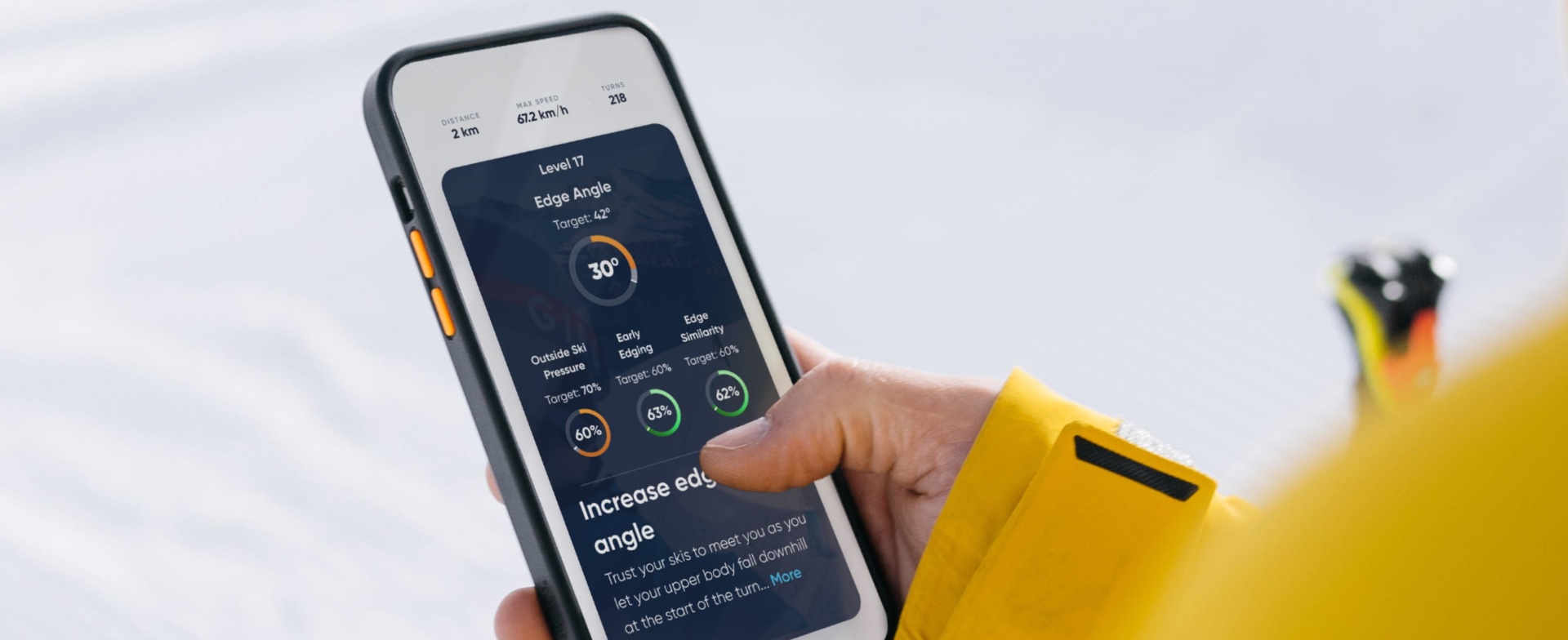
Votes:
Hello I'm Paul Hothersall.
Originally from England, I now reside in Whistler, Canada. My journey with skiing began on the dry slope of Pendle Ski Club at age 8, and for the past 4 years, I've been an avid user of Carv. As a founding member and product developer myself, I have remained close to Carv's evolution, and I am an active member of the community. I have coached and Instructed all around the world, but recently have been working on my own skiing and advanced to my current Ski:IQ of 160. Carv's real-time, objective feedback has been instrumental in my growth. The key to maxing out your improvement with Carv is knowing how to approach it, so in this blog, I'll discuss my optimal mindset for learning with Carv, and I'll also cover the recent updates to Ski:IQ Hintertux, which I think will help users like myself unlock more improvement and fun in their skiing.

Think about how you’re learning
When trying to achieve progress, I find it essential to think about our approach to learning. By considering how the learning process operates and how Carv implements this knowledge, I think users can maximize their improvement with Carv and use it to find new challenges of their own.
There's a wide range of thinking in the world of coaching and learning. The traditional style of sports instruction typically prescribes specific exercises, for example, a set number of repetitions, a certain number of sprint sets, or tasks in a certain order. The Canadian National Coaching Certification Programs (NCCP), expands on this by introducing the concept of 'deliberate practice' as part of the learning process. However, I believe this approach, with its fixed, repetition methods, lacks the flexibility that’s necessary for skill improvement at the higher levels. This is because each learner has specific individual needs, and skiing in particular has tactical decision-making elements, especially with the dynamic terrain inherent to the mountain.
In contrast, I advocate for a more intentional practice approach to skiing. This involves either advancing skills through new challenges or revisiting existing ones to track progress after making a change (for example, changing the terrain skied). Only following this process does the value of repetition come in - once we have made a positive difference, and measured to confirm it, repetition can be used to reinforce positive behaviors and turn them into a pattern.
Learning with Ski:IQ
Before I explain how we apply this thinking to Carv and Ski:IQ, I want to begin by noting that improvement isn’t all about the numbers. The real challenge lies in having the knowledge to comprehend the advice and how to progress from your current level. Carv alone can't provide a complete solution, because, for example, watching a video or reading a description might not reflect the terrain or conditions you're skiing in. Remember, improvement isn't instant or always consistent - it takes time to get it right.
So, how do we bring intentional coaching to Carv and use it to improve Ski:IQ? Well, one aspect of intentional learning is revisiting the same challenge and honing in on that skill.
This is also a major aspect of Carv’s learning system: focusing on just one part of your skiing at a time. Carv excels in pinpointing the weaker areas of your technique, offering targeted areas for improvement based on your lowest metrics (this has been made even better in the latest update!).
To really improve your Ski:IQ score, you need to pay attention to these areas Carv suggests. It's common to be tempted to work on the most apparent weaknesses or the skills you most wish to improve - for instance, many are eager to increase their edge angle. But, with Ski:IQ and skiing in general, you have to remember that everything works together. While focusing on one skill might temporarily overshadow others, this is an acceptable and necessary part of the process. Following what Carv suggests is the best way to get better overall.
I often refer to a Sun Dog analogy to illustrate how Ski:IQ approaches ski technique, which is a halo ring created by light refracting through ice crystals in the atmosphere, interconnecting 4 primary flares. These flares represent the core skills that branch from the fundamental skiing in the centre - the Sun. When you try to look at the detailed facets of just one flare, especially when it's the weakest light, you actively have to “hide” from seeing the Sun in the middle, and even the other lights, which means you can't see the whole thing at once. You might want to step back to see it all again, but if you really want to understand it all, you need to focus on just one part for a while.
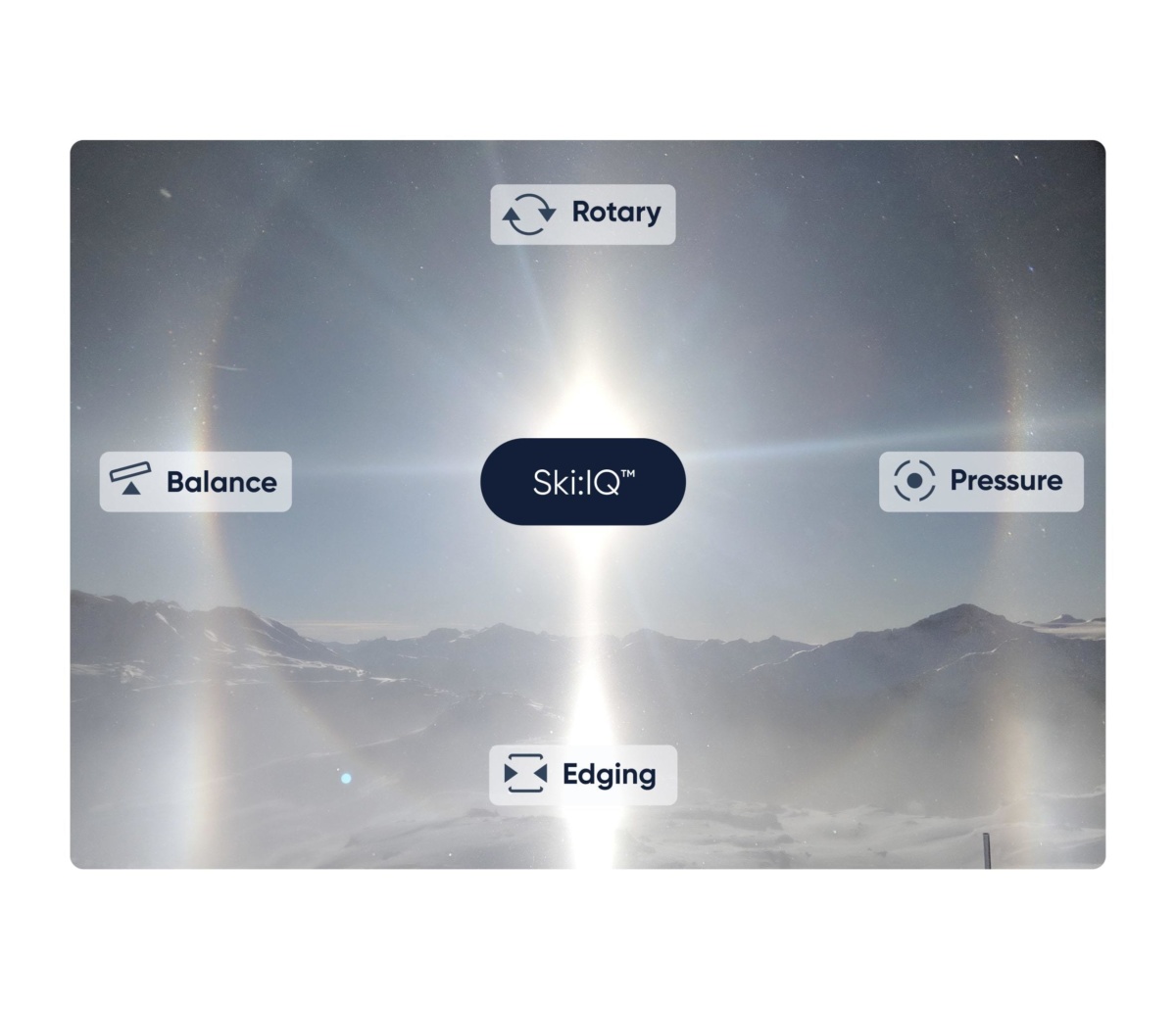
This approach is how I think we should engage with Carv's metrics - focusing intently on one skill element at a time as directed by the app's objective analysis. When you do this, you might not do well in other areas for a bit, but remember, it's all about how each part helps out the whole. Sorry if that's a bit complicated, but I hope it makes sense!
So now that we've got the basics down about Ski:IQ and how to view it, let's dive into the new features and updates that came with Hintertux, and how we can use them to improve even more.
Getting the most out of the Hintertux updates
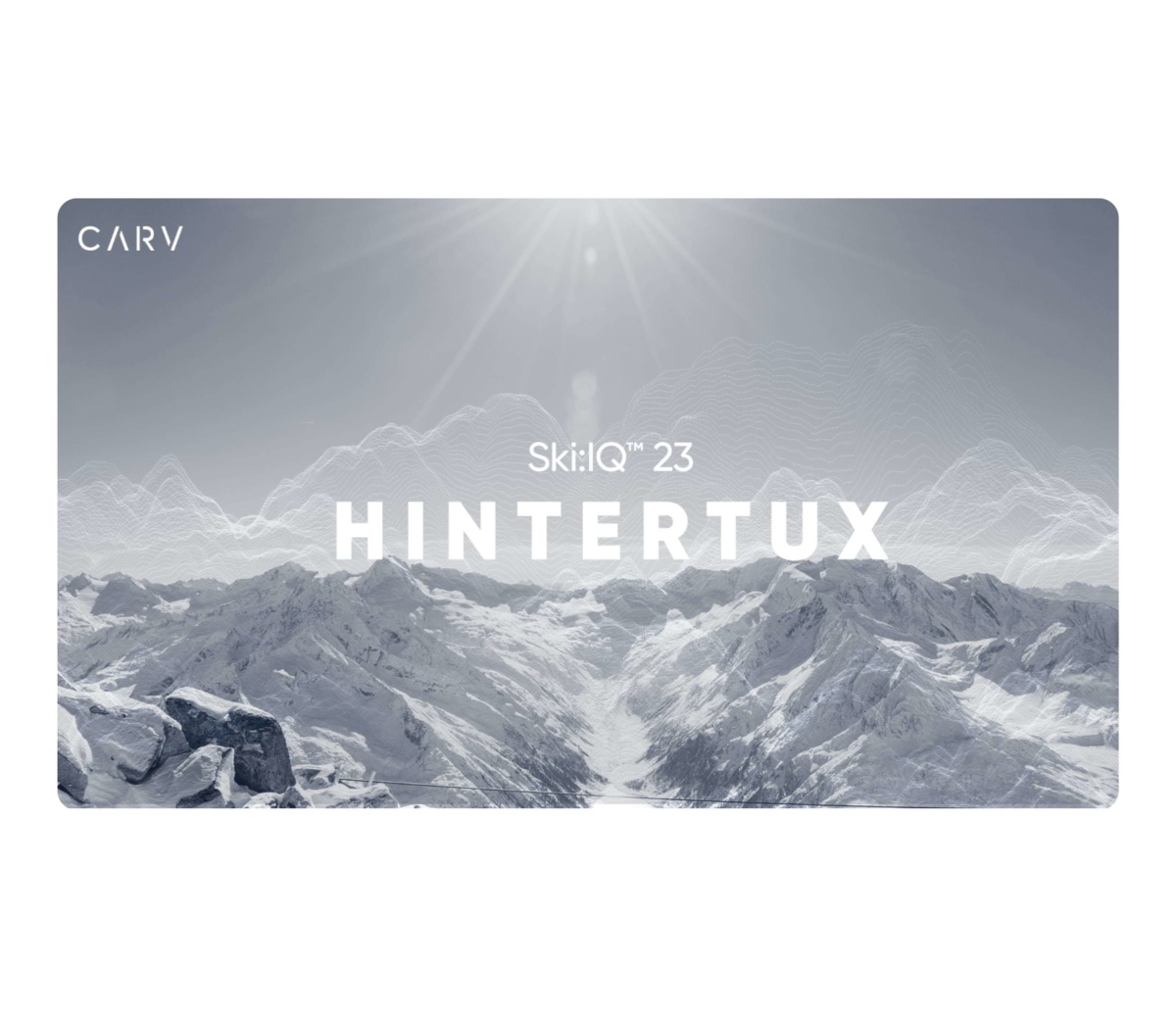
Word of the year: progression
The update in December brought some big changes for Carv users, which means some new ways to use the app and apply intentional learning.
For me, the big deal in this update is the new emphasis on Progression. Progressive Edge Build is a new metric this year - you'll notice it right away in the app because it's highlighted in red and bold – and that's because it's a huge step forward in ski technology. 'Progression' – sometimes we call it 'transition' or 'flow' – has always been a big topic in skiing techniques.

What it boils down to is this subtle technical aspect that sets apart skilled, dynamic skiers. Let's take this clip of Ted's skiing as an example. You'll see how his edge angle increases gradually. It's kind of like the early edging metric we already had, which focuses on how well you start edging at the beginning of a turn. But here's the catch: it's all about slowly upping that edge angle. It's not just about searching for just one “right position” and staying there, but more about smoothly going into and coming out of turns, making your skiing look fluid and effortless.
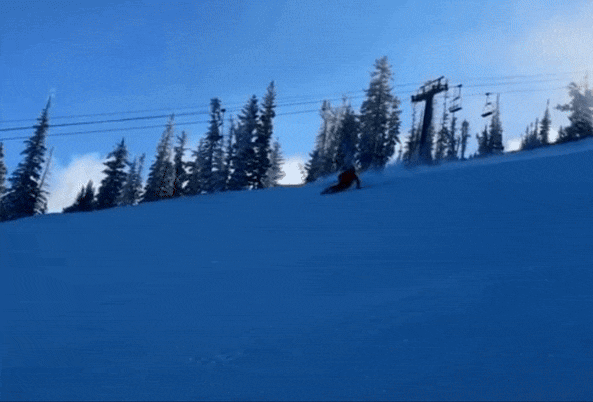
This is what's going to bump up everyone's scores this season. It's also the key to nailing your personal skiing style. This technique can help any skier move up from just being good to truly great, by focusing on keeping the movement going instead of just balancing on the ski once its set on edge.
What's really cool about focusing on this progressive style is how it ties everything together – it's about working on your balance, pressure, edging, and rotary movements all at once while you're skiing to achieve that dynamism we see in the ski icons.
A refined coaching system
As I mentioned earlier, repeatedly tackling the same challenge to gauge progress is a key aspect of intentional learning. I've emphasized the importance of sticking to Carv's focus areas for skill development, as illustrated in my Sun Dog analogy. What stands out about Carv is how it makes improvement in a specific metric very achievable - the training and learning methods are tailored to your skiing style and offer a multifaceted approach. And, this adaptability and comprehensiveness are better in the Hintertux update than in any previous version.
it's crucial to pay attention to the areas of focus recommended by Carv, especially if you're aiming to elevate your Ski:IQ. The Hintertux update gives a better chance of making significant progress in the areas you're weak in. It offers a variety of tips that change as you work on a specific metric. If one tip doesn't help, another one will be offered until you find one that works.
For instance, I struggled with balance metrics last season, which I think many Carv users can relate to. It's a tough area to master, and I am still working on integrating the improvements into my own skiing. The newly introduced concept screens do an excellent job of clarifying the metrics and their role in skiing performance. They also provide useful tips for enhancement of the short tip you get prompted with while you’re skiing.
Personally, Carv focusing on balance and continually prompting me on this was very helpful. My own “light bulb moment” was visualizing the concept - for me, it's about how I move my feet, not how I move my body. Whilst we ski from the ground up, and move relative to our skis, the boot is effectively part of the ski, and so the ankle is such an important joint used to manipulate these subtle changes.
To help improve your focus area further, Carv also provides recommended monitor and training modes that will help you dial in on that metric - these are great for getting a closer look at what’s going on with your technique and pinpointing where you might be going wrong if your first attempts are not working.
Incorporating challenge
Another important aspect of intentional practice is incorporating challenge - and this means potential failure and struggle are key to growing your skill and skill resilience. Introducing novel elements in otherwise repetitive training can increase cognitive engagement and long-term learning through enhanced memory processing. This approach is closely linked to behavioral processes and can even help athletes enter a "flow state" for optimal performance. This represents the idea that learning becomes "complete" (although it's never really complete) when it becomes so automatic that it occurs without any conscious effort.
With the Hintertux update bringing in these challenges and potential failures is easier; The final change that we’ve seen with Ski:IQ is the new terrain adjustment. Now, skiing on more challenging terrain is more rewarding than it used to be. So experiment and go try and change the terrain and increase your versatility.
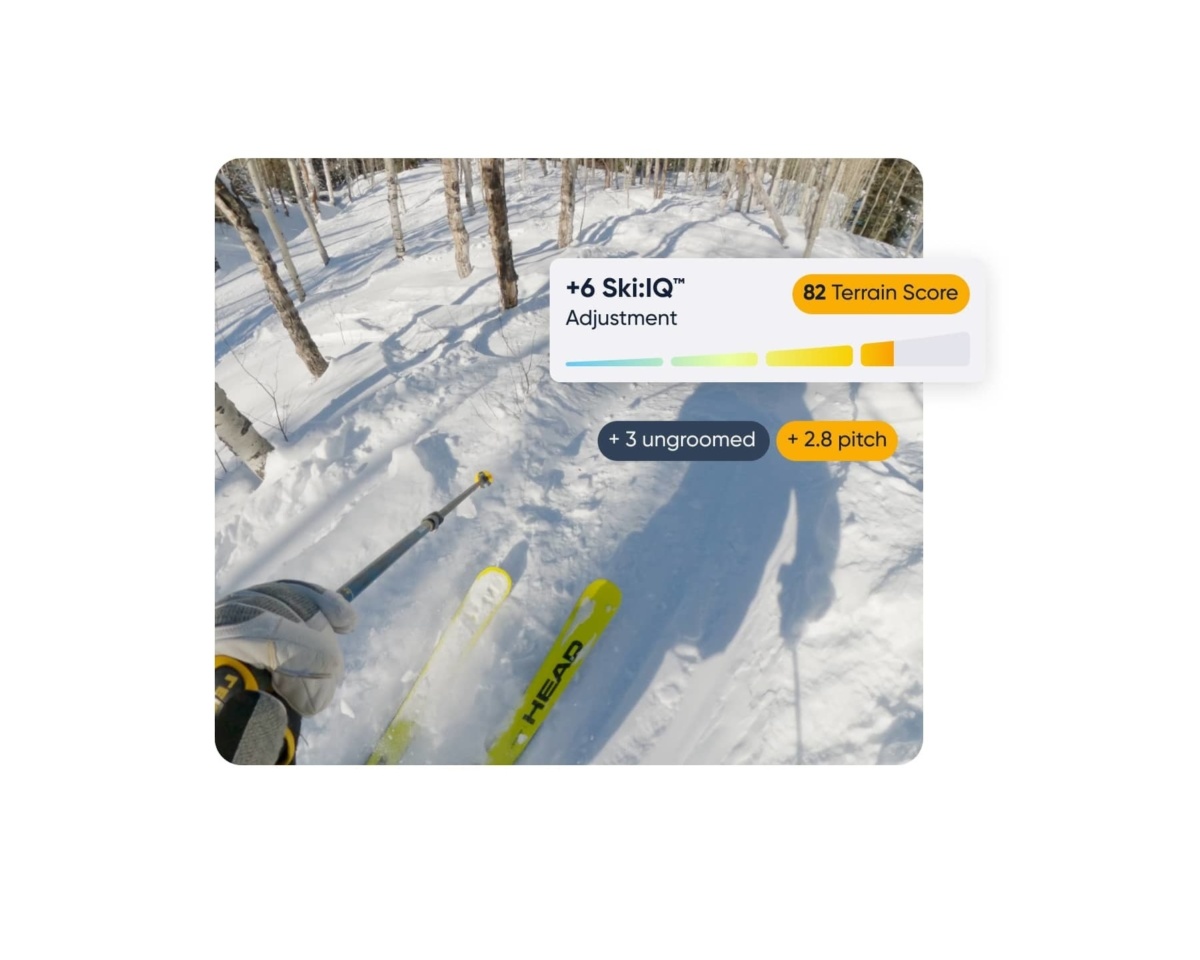
Additionally, there's an 'Active Coaching' mode in the works, set to be released soon. This mode will adjust to the conditions you're skiing in, offering chances to enhance your skills on more difficult terrain and rewarding your ability to adapt. I’m excited to try this out myself and incorporate this one into my skiing and see how I can test my technique on steeper runs and tougher conditions.

In summary, the Ski:IQ Hintertux update by Carv marks a significant step forward in skiing technology and technique improvement. Partnering intentional learning with this new improved Carv, I think, will see users improving more than ever, and developing more style. Whether you are an experienced skier or a Carv enthusiast, the Ski:IQ Hintertux update is set to revolutionize your approach to skiing, making every turn an opportunity for growth and enjoyment on the slopes. Make sure to share your progress on Carv community page and keep an eye out for upcoming meet-ups - I hope to see you there!